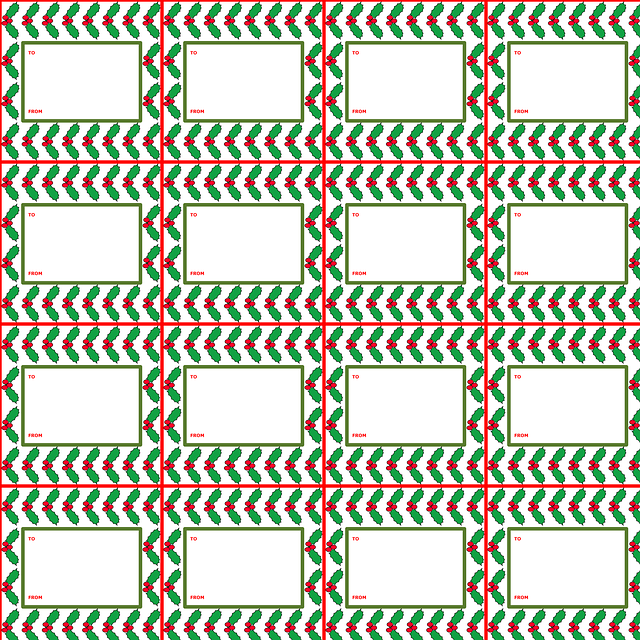Skin tags, caused by various factors like aging, obesity, or trauma, can be removed through non-invasive methods like cryotherapy or duct tape treatments for minor cases. For more persistent tags, Glasgow Tag Removal offers surgical options with precise techniques but carries risks of scarring. At-home care and regular exfoliation are recommended for mild cases. Medical attention is advised if skin tags show signs of irritation, rapid growth, or occur in sensitive areas to prevent potential cancerous development.
Skin tags, also known as acrochordons, are common, harmless growths that can appear on various body parts, including arms and legs. This article explores the best ways to treat skin tags on these areas. We’ll cover non-invasive removal methods like freezing or cutting, surgical options for those seeking a more permanent solution, at-home care tips, and when to consult a medical professional for effective Glasgow tag removal.
- Understanding Skin Tags: Causes and Types
- Non-Invasive Removal Methods for Glasgow Tags
- Surgical Options for Tag Elimination
- At-Home Care and Prevention Techniques
- When to Seek Medical Advice
Understanding Skin Tags: Causes and Types
Skin tags, also known as acrochordons, are small, soft skin growths that typically appear on the neck, armpits, and areas where skin rubs against itself, such as the arms and legs. They are generally harmless but can be a source of discomfort or aesthetic concern for many individuals. Understanding their causes is the first step in deciding the best course of action for removal, including exploring methods like Glasgow Tag Removal.
Causes vary across different types of skin tags. Friction and trauma to the skin often initiate their formation. They are more common in older adults, suggesting a link between aging skin and increased susceptibility. Certain conditions like diabetes or obesity can also elevate the risk. Some individuals may have a genetic predisposition, as skin tags tend to run in families. Knowing these factors is crucial when considering treatments, including non-invasive procedures popular for Glasgow Tag Removal.
Non-Invasive Removal Methods for Glasgow Tags
There are several non-invasive methods available for removing skin tags, including those on the arms and legs, commonly known as Glasgow tags. One popular approach is cryotherapy, where a liquid nitrogen spray is used to freeze and destroy the tag. This procedure is usually quick, relatively painless, and can be performed in a doctor’s office or dermatology clinic. It may cause temporary redness or itching but is generally considered safe and effective.
Another less common yet natural method involves using duct tape. Adhering medical-grade duct tape over the skin tag for several days can lead to its eventual removal. This process works by cutting off the blood supply, causing the skin tag to fall off. While it may sound peculiar, this technique has gained attention for its potential as a Glasgow tag removal remedy. However, consistency and patience are key, as results may vary.
Surgical Options for Tag Elimination
When considering surgical options for skin tag removal, Glasgow Tag Removal stands out as a safe and effective method. This procedure involves a skilled professional using precise techniques to remove tags from arms and legs. It’s important to note that while it offers quick results, it might not be suitable for everyone due to its invasive nature.
Glasgow Tag Removal typically employs methods like cutting, burning, or freezing the tags off. The chosen technique depends on the size and type of the skin tag. Despite potential risks and side effects like scarring, many people find this approach effective in permanently eliminating unsightly tags.
At-Home Care and Prevention Techniques
Many people opt for at-home care techniques as a first step in treating skin tags, especially for minor cases or those who prefer a more natural approach to Glasgow Tag Removal. One effective method is regular exfoliation to gently slough off the dead skin cells that contribute to tag formation. Using a mild scrub or even a loofah can help keep the area clean and reduce the size of existing tags. Additionally, applying over-the-counter (OTC) salicylic acid or keratolytic creams can soften the skin and help remove tags gently.
Prevention is another crucial aspect of managing skin tags. Regular hygiene practices are essential to stop the spread of infections that may cause tag growth. Keeping the skin clean and dry, especially in areas prone to rubbing or chafing like arms and legs, can significantly reduce the chances of developing new tags. Moisturizing after showering helps maintain skin health and integrity, which is vital for preventing any further tag formation.
When to Seek Medical Advice
If your skin tags are small, harmless, and don’t cause any discomfort or pain, you might choose to leave them untreated. However, there are certain situations where it’s crucial to seek medical advice for effective Glasgow Tag Removal. For instance, if they become irritated, infected, or grow rapidly, indicating potential cancerous development, consult a dermatologist immediately. Skin tags that are located in sensitive areas, like the groin or armpit, might also require professional attention due to their proximity to vital body parts and potential impact on hygiene. Additionally, if you have a history of skin conditions or a weakened immune system, any unusual growths should be evaluated to rule out complications.
Skin tags on arms and legs can be unsightly and uncomfortable, but with various treatment options available, removal is easier than ever. From non-invasive procedures like freezing or cutting, to surgical excision, each method offers a solution tailored to individual needs. At-home care and preventive measures can also help manage and reduce the appearance of these tags. Remember, if your skin tags cause pain, itching, or concern, it’s time to consult a medical professional for effective Glasgow tag removal guidance.
